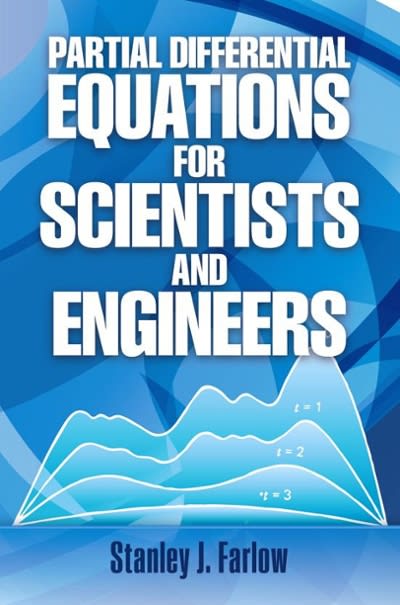Question
A hand offive-card poker consists of an unordered arrangement of five cards from an ordinary deck of 52 playing cards. Complete parts(a) through(e) below. a.
A hand offive-card poker consists of an unordered arrangement of five cards from an ordinary deck of 52 playing cards. Complete parts(a) through(e) below.
a. How many unorderedfive-card poker hands arepossible?
There are 25989602598960 differentfive-card draw poker hands. (Simplify youranswer.)
b. How many different hands consisting of one nine and four aces arepossible?
(Simplify youranswer.)
c. The hand in part(b) is an example of a fourofakind: four cards of one denomination and one of another. How many different fourofakinds arepossible?
(Simplify youranswer.)
d. Calculate the probability of being dealt a fourofakind.
(Round to five decimal places asneeded.)
e. Compare your answers in parts (a)-(d) to those for an ordered arrangement of five cards.
For an ordered arrangement of fivecards, there are 311,875,200 differentfive-card hands,
480 different hands consisting of one nine and four aces, 74,880 different fourofakinds,
and the probability of being dealt a fourofakind is about 0.00024.
Choose the correct answer below.
A.
There are fewer possible hands for unorderedhands, but there are also fewer possible
fourofakinds. The probability of a fourofakind is the same.
B.
There are more possible hands for unorderedhands, but there are also more possible
fourofakinds. The probability of a fourofakind
is the same
C.
There are more possible hands for unorderedhands, but there are fewer possible
fourofakinds. The probability of a fourofakind is smaller for unordered hands.
D.
There are fewer possible hands for unorderedh
Step by Step Solution
There are 3 Steps involved in it
Step: 1

Get Instant Access to Expert-Tailored Solutions
See step-by-step solutions with expert insights and AI powered tools for academic success
Step: 2

Step: 3

Ace Your Homework with AI
Get the answers you need in no time with our AI-driven, step-by-step assistance
Get Started


